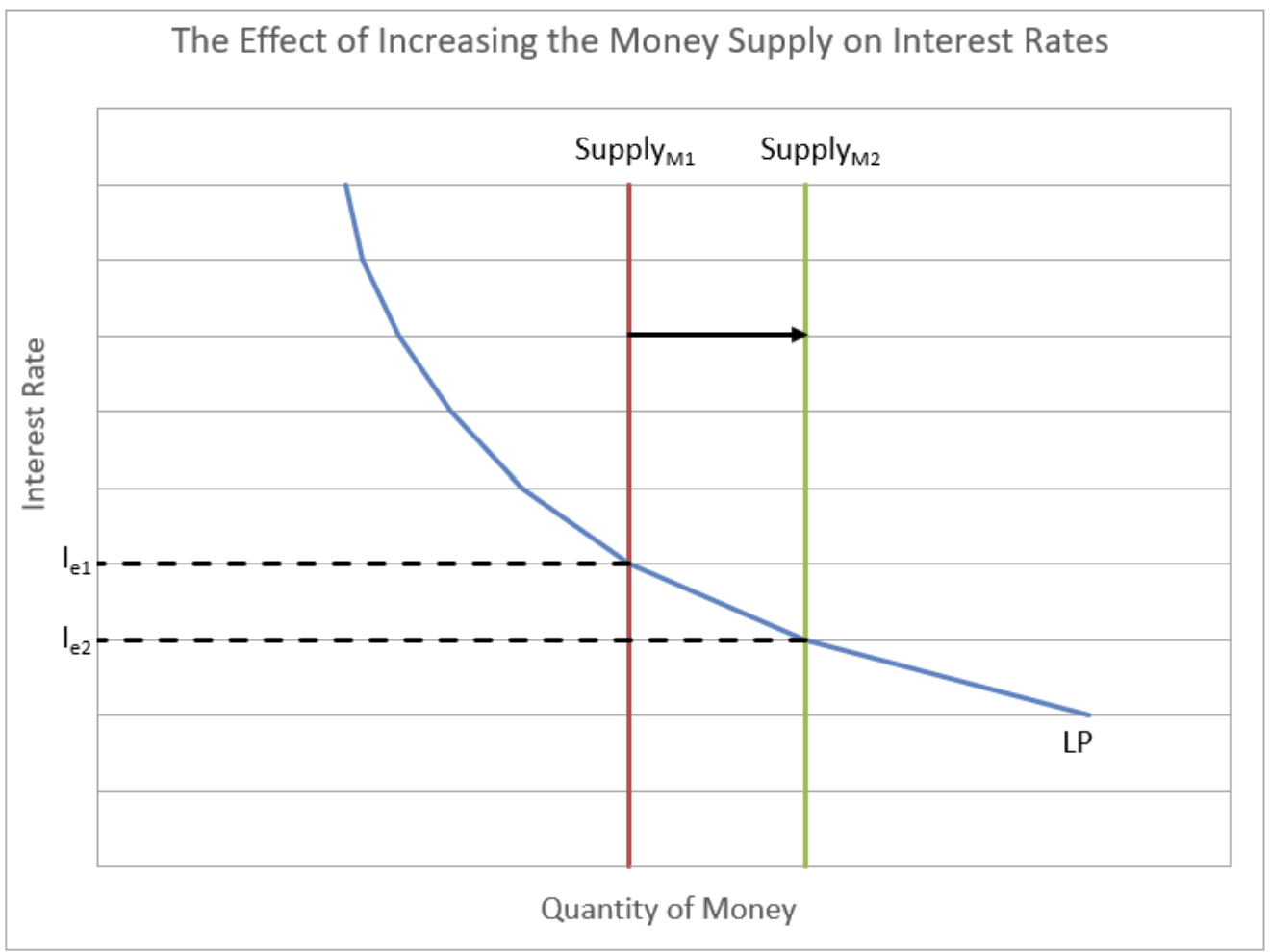BGREEN TV: Your Source for Green Innovations
Explore the latest trends and innovations in sustainable living, eco-friendly technology, and green entertainment.
Marketplace Liquidity Models: The Hidden Engine of Online Economies
Discover how marketplace liquidity models drive online economies and unlock hidden profits. Dive into the secrets that keep digital platforms thriving!
Understanding Marketplace Liquidity Models: Key Drivers of Online Economic Success
In the realm of online commerce, marketplace liquidity models are critical to understanding how economic success is achieved. Liquidity, in this context, refers to how easily goods and services can be bought and sold within a marketplace. A well-functioning liquidity model ensures that there are enough buyers and sellers actively participating, fostering a vibrant trading environment. Key drivers of liquidity include factors such as platform design, user engagement, and the diversity of available products. By optimizing these aspects, marketplace operators can enhance transaction volumes, leading to increased profitability and user satisfaction.
The impact of marketplace liquidity extends beyond mere transactions; it influences user trust and retention. A marketplace that consistently offers quick and reliable transactions encourages users to return and engage more frequently. Another essential element is demand forecasting, which aids in understanding market trends and aligning inventory with consumer needs. As a result, implementing strategies that enhance liquidity can significantly drive an online marketplace's economic success, enabling it to adapt rapidly to changing market conditions and consumer preferences.

Counter-Strike is a popular multiplayer first-person shooter game that has garnered a massive following since its initial release. Players compete in teams, taking on roles such as terrorists or counter-terrorists to complete objectives. For those looking to enhance their gaming experience, utilizing a daddyskins promo code can provide exciting in-game benefits.
How Marketplace Liquidity Models Enhance User Experience and Trust
Marketplace liquidity models play a crucial role in shaping the user experience on digital platforms. By ensuring that there is an adequate supply and demand for products and services, these models help maintain a vibrant marketplace where users can easily buy and sell items without long waiting periods. When liquidity is high, users are more likely to complete transactions, leading to increased satisfaction and repeat visits. This dynamic fosters an environment where users feel confident in their ability to engage in commerce, ultimately enhancing their overall experience.
Moreover, trust is a fundamental aspect of any successful marketplace, and effective liquidity models contribute significantly to building this trust. Users are more inclined to engage with a marketplace that demonstrates a reliable flow of transactions and accurate pricing. When buyers see that they can quickly sell their items or find what they need without hassle, they develop a sense of security. Lenders and investors also benefit from robust liquidity models, as they ensure that assets can be easily converted to cash when needed, creating a trustworthy ecosystem for all participants.
What Role Do Liquidity Models Play in the Growth of Online Marketplaces?
Liquidity models play a crucial role in the growth of online marketplaces by ensuring that buyers and sellers can transact with ease. These models help in determining how quickly and efficiently assets can be exchanged without causing significant price fluctuations. In essence, liquidity measures the market's ability to accommodate trades without major interruptions, enhancing user experience. By employing effective liquidity models, platforms can attract more participants, thereby increasing their overall trading volume and market depth.
Moreover, liquidity models contribute to the stability of online marketplaces by mitigating the risks associated with price volatility. When a marketplace has high liquidity, it can buffer against abrupt shifts in supply and demand, making it a safer and more appealing environment for investors. This stability not only fosters confidence among users but also encourages repeat transactions. As a result, the implementation of robust liquidity models is essential for the sustained growth of online marketplaces, positioning them as reliable platforms in an increasingly competitive digital economy.